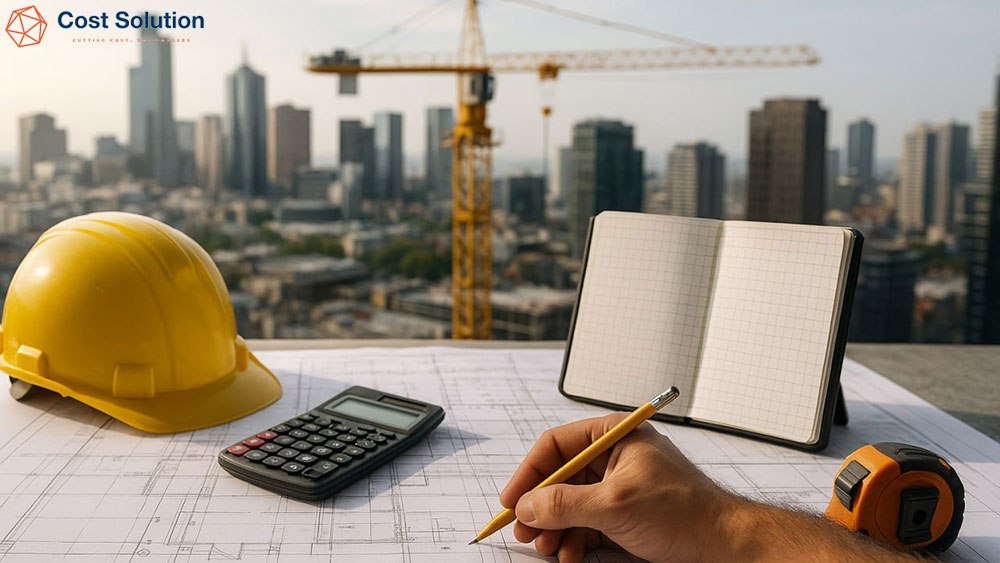Elemental estimating, unit rate analysis, parametric modelling, and digital takeoff techniques form the backbone of construction estimating. Leveraging software like CostX or Buildxact, estimators achieve cost accuracy within 5–10%, ensuring bids reflect market realities. These methods optimise project budgeting, mitigate risk, and enhance financial transparency across Australian construction sectors.
Preliminary Estimating Techniques
In the nascent phases of a project, rough approximations guide initial funding decisions and viability assessments, often with sparse details available. These early forecasts help stakeholders weigh options without committing resources prematurely.Construction Preliminary Estimates: See a Definition & Tips
- Speed: Delivers quick insights for fast-paced bids.
- Flexibility: Adapts to evolving concepts easily.
- Typical accuracy range: ±20 per cent, balancing haste with reliability.
Unit Cost Estimating
Multiplying standard rates per unit, such as per metre of concrete or per square metre of roofing, by projected volumes yields swift projections. Widely applied in civil estimating for roads and bridges, this method draws on regional indices like Rawlinsons for localised accuracy, incorporating benchmarks from past datasets to refine outcomes.
Square Foot Estimating
Early-stage assessments for offices or homes derive totals from floor area multiplied by average costs, ideal for feasibility in bustling markets. In Sydney 2025, figures hover between AUD 2,100 and 2,900 per square metre for standard builds, making it a staple for commercial estimation services crafting initial reports.
Rule of Thumb Estimating
Drawing on proven ratios from prior jobs, like plumbing at roughly 8 per cent of overall spend, offers rapid guidance during conceptual sketches. While handy for quick decisions, its precision varies; historic benchmarks aid in aligning with site realities, fostering agile planning without deep dives.
Detailed Estimating Techniques
Once designs solidify, itemised breakdowns transform blueprints into precise budgets, targeting ±5 per cent accuracy through rigorous data scrutiny. Essential for tenders, this phase leverages historical trends to inform bids.
- Materials: Quantify raw inputs like steel or timber.
- Labour: Factor hours and rates for skilled trades.
- Equipment: Include hire costs for machinery like cranes.
Quantity Takeoff Estimating
Extracting exact measures from plans, including doors, windows, and cabling, builds a foundation for pricing. Digital takeoff tools streamline this process, pulling from drawings and schedules to minimise oversights. Rawlinsons 2024 notes that automated versions cut manual slips by 25 per cent, boosting reliability in complex setups.
Resource-Based Estimating
Layering costs from individual elements, such as worker shifts, machine runs, and supply units, accounts for productivity dips caused by weather or terrain. Prevalent in infrastructure projects like tunnels, it integrates site specifics for sharper forecasts, ensuring bids reflect real-world demands without inflation.
Assemblies Estimating
Bundling interconnected parts, such as framing with insulation, into pre-priced units accelerates evaluations for diverse structures. Efficient for retail complexes, it draws on libraries like Cordell or CostX for templates, enabling swift adjustments while maintaining detailed accuracy.
Modern and Digital Estimating Methods
Tech advancements revolutionise workflows, fostering collaboration and precision through integrated platforms. By automating routine tasks, these tools elevate construction estimating techniques, adapting to dynamic project needs.
BIM-Based Estimating
Embedding costs into 3D models via Building Information Modelling pulls quantities automatically, syncing with software like CostX or Cubit. This cuts clashes early; in intricate builds, it trims design variances by 30 per cent, enhancing handover smoothness.
Cost Database and AI-Driven Estimating
Harnessing AI with repositories like ACIF or Cordell predicts fluctuations from past trends, refining early construction estimating techniques. Machine learning spots escalation patterns, aiding methods of estimation in construction for proactive budgeting in volatile markets.
Cloud and Software-Assisted Estimating
Platforms like Buildxact or ProEst support team edits in real time, with version tracking to avoid mix-ups. IBISWorld 2025 highlights SaaS adoption slashing bid prep by 40 per cent, streamlining methods of estimation in construction for offshore teams.
| Method | Accuracy Range | Primary Tool |
|---|---|---|
| BIM-Based | ±3 % | CostX, Revit |
| AI-Driven | ±5 % | Cordell AI |
| Cloud Software | ±8 % | Buildxact, Cubit |
Comparative and Risk-Oriented Estimating Methods
Evaluating options against benchmarks while quantifying uncertainties sharpens choices, mitigating surprises in volatile sectors. This data-centric lens refines construction estimating techniques for resilient outcomes.
Historical Cost Analysis
Reviewing archived builds adjusts for trends, applying escalations via local sources like Rawlinsons. Vital for baselines in regional works, it grounds projections in proven data, avoiding guesswork on labour or material shifts.
Parametric Estimating
Linking expenses to core variables, such as span lengths or capacities, through models yields ±10 per cent precision. Suited to specialised fields like hospitals, it scales efficiently and draws on established formulas for quick iterations.
Probabilistic Estimating (Monte Carlo Simulation)
Running myriad scenarios maps risk profiles, like P50 for median costs or P90 for conservative buffers. Key in public infrastructure, it bolsters civil estimating by highlighting probabilities, informing contingency plans.
- Reduced contingency buffers through precise risk mapping.
- Clearer sensitivity insights on variable impacts.
- Improved stakeholder trust via transparent data.
Value and Lifecycle-Based Estimating
Integrating ongoing expenses, such as utilities and upkeep, into upfront plans optimises total ownership and embraces sustainability for enduring assets. Whole-of-life modelling can trim maintenance outlays by 12 per cent across portfolios, balancing capital expenditure with operational costs.
Optimising Estimating Techniques for Evolving Construction Demands
Blending time-tested rigour with digital prowess equips estimators to navigate Australia’s shifting landscape effectively. Prioritise training in analytics, green metrics, and AI tools to stay ahead. Ultimately, honed construction estimating techniques foster edges in competitive tenders, driving sustainable growth.


